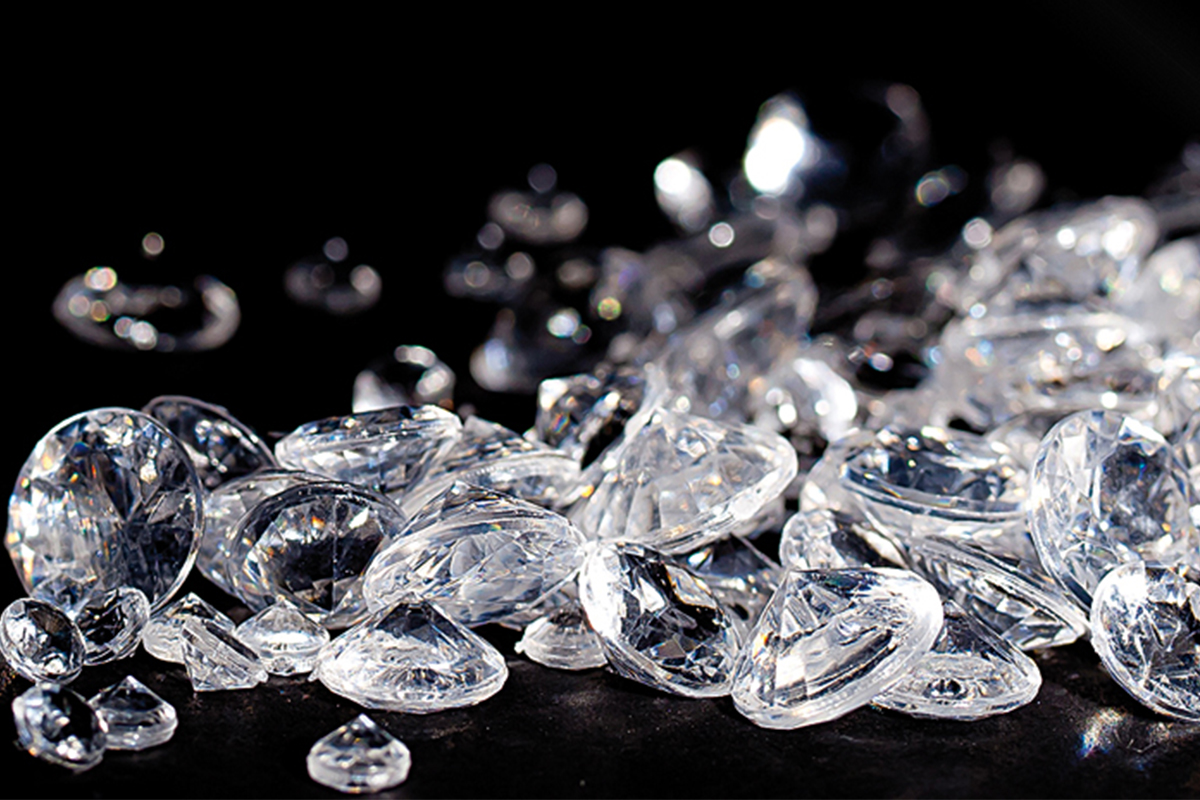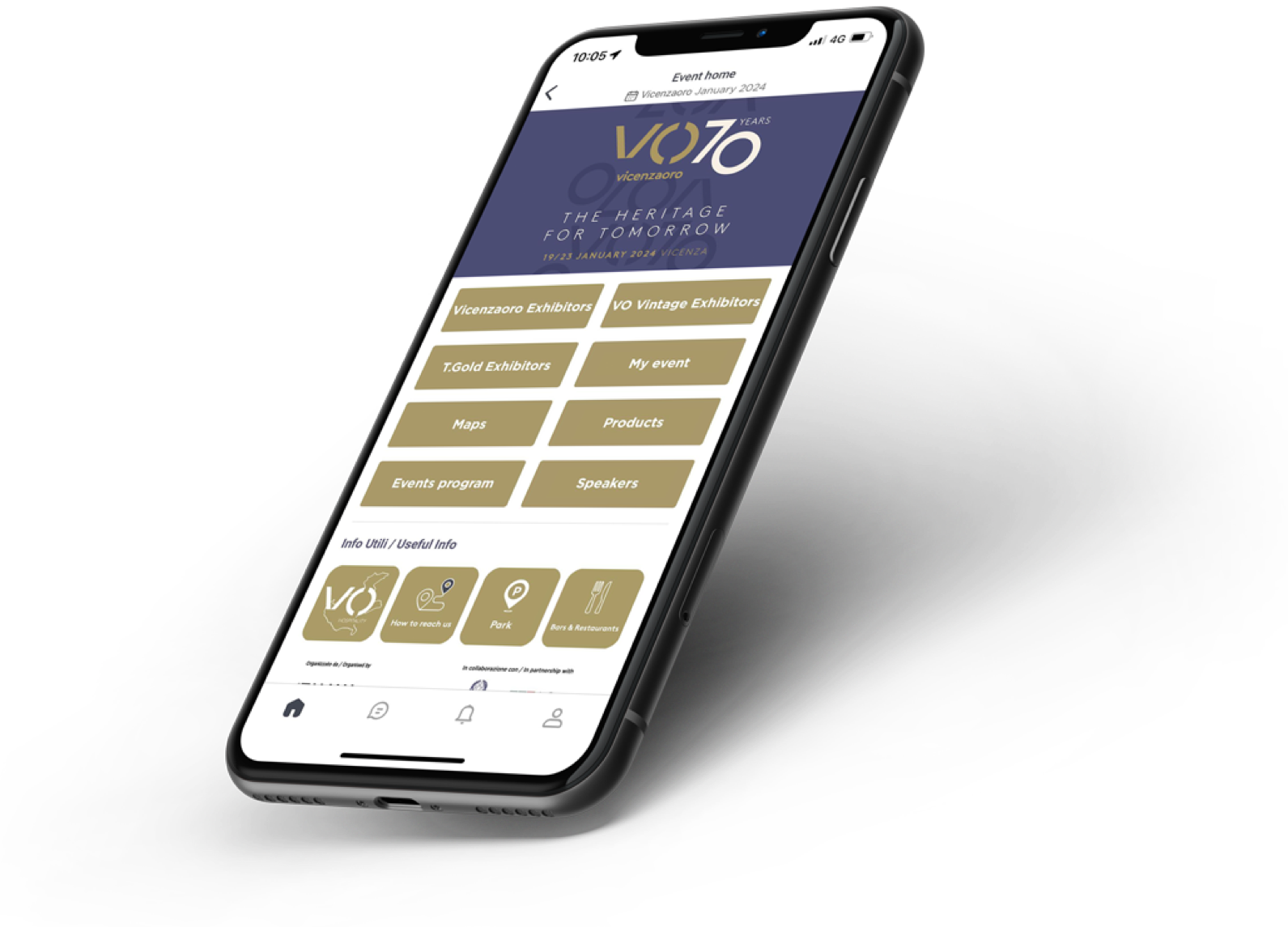Yes or no to synthetic diamonds? The international debate continues

The distribution of laboratory-created gems, such as synthetic diamonds, onto the market, continues to generate debate in the sector, and not only among insiders. In fact, some organizations, including those outside the sector, and the younger generations that are prepared to buy this type of product, perceive synthetic as an eco-compatible and environmentally-friendly alternative “The synthetic gem market aims at the younger generations, those between 25 and 40, who find them more ethical, more sustainable and more affordable”. These are the words of Milena Gabanelli in an article in Corriere della Sera in which she compares the harsh working conditions in mines against the aseptic laboratories where synthetic gems are produced and urges for a consequent favourable approach towards the latter.
The article outlines the economic and human costs of natural gem production. “In order to extract one carat of diamond, 3 tons of rock need to be "pick-axed" and 9 litres of fuel and 2,534.78 litres of water are used. Added to this is the violence and lack of respect of human rights that is still widespread in some African countries.” But she does not linger on those stones cultivated in the laboratory.
The categories involved find themselves in the presence of a phenomenon that needs to be considered and faced with the right awareness in order to respond to the needs of a clientele that is payng increasing attention to respect of human and environmental rights. With which tools? In Europe there is no standard regulation of reference and the De Beers' recent announcement of a its new Lightbox jewellery brand, created to cover the supply of non-natural stones, has divided the waters. About one month after the announcement, work began in its factory at its Element Six branch in Oregon, which will produce 500,000 carats of raw diamonds per year for the Lightbox jewellery line, providing employment for about 60 people.
And the consumer? In order to monitor the consumer and inform the category, Federpreziosi has set up a special Gemmological Commission, presided over by Vice President, Roberto Duranti.
January 2018 saw the distribution of the Diamond Terminology Guide, developed by nine sector organizations, that clarifies the correct terminology for speaking about the two different products.
“In the future, the consumer will have to insist that every gem purchased comes with a gemmological analysis document issued by a serious, recognized Gemmological Institute that collaborates with regulatory authorities," says Loredana Prosperi, analysis laboratory manager for IGI, who also explains how Europe is lacking in specific legislation. Referring to the question of Italy she continues, “the use of correct gemmological nomenclature is mandatory if the gem is natural or synthetic and, in the first case, it must be declared whether the gem has undergone treatment.”
These themes, amongst the hottest for the sector, also at a trade show level, will be the subject of several not-to-be-missed events during the Gem Talks at VICENZAORO September 2018, scheduled to take place from 22nd to 26th September.
On monday, September 24th, synthetic diamonds will be the focus of the meeting with Thierry Silber, Founder and CEO of Madestones, Luigi Cosma, President of Borsa Diamanti d’Italia (Italian Diamond Exchange) and Loredana Prosperi, in charge of the Laboratory of Italian Gemological Institute.






